There are close to 2,000 known varieties of bamboo, native to Asia, Africa, the Americas, and even Australia. That makes Europe the only habitable continent with no endemic species of this prolific grass. But the region certainly has its share of bamboo enthusiasts. And now efforts are finally underway to bring bamboo farming and industry to Europe.
As the world’s first or second largest market for bamboo products, Europe has a strong incentive to start producing its own bamboo. The financial and environmental costs of importing bamboo from Asia underscore the need for Europe to establish its own sources of this supremely sustainable material. Southern countries, like Portugal, Spain and Italy, have the best climates for farming bamboo. And recent years have witnessed a major surge of bamboo interest and industry in these regions, where rural communities have the most to gain from seizing upon the many promises that bamboo has to offer.
NOTE: This article first appeared in December 2021, most recently updated in May 2024.

Gaining ground in Europe
Europe is similar to North America in that its climate is not especially hospitable to bamboo. Many varieties of bamboo—particularly the giant and fast-growing types—prefer the tropical and subtropical zones where summers are hot and steamy, and freezing is never an issue.
Another common trait between Europe and the US is the growing appetite for bamboo products. Although the raw material ordinarily comes from overseas, these wealthier countries are quickly recognizing the tremendous benefits of bamboo for its renewability and versatility.
So, to make bamboo an even more practical alternative, Europeans are now embarking on their own bamboo plantations. The climate suitability may be somewhat restrictive, but the economic potential of farming this wonder crop is nearly unlimited.
A bamboo farm takes about five years to get established. From there, you can harvest the bamboo continuously, thanks to its amazing regenerative properties. As a grass, bamboo grows right back, thicker and stronger. Furthermore, it requires very little in the way of inputs, like fertilizers and pesticides.
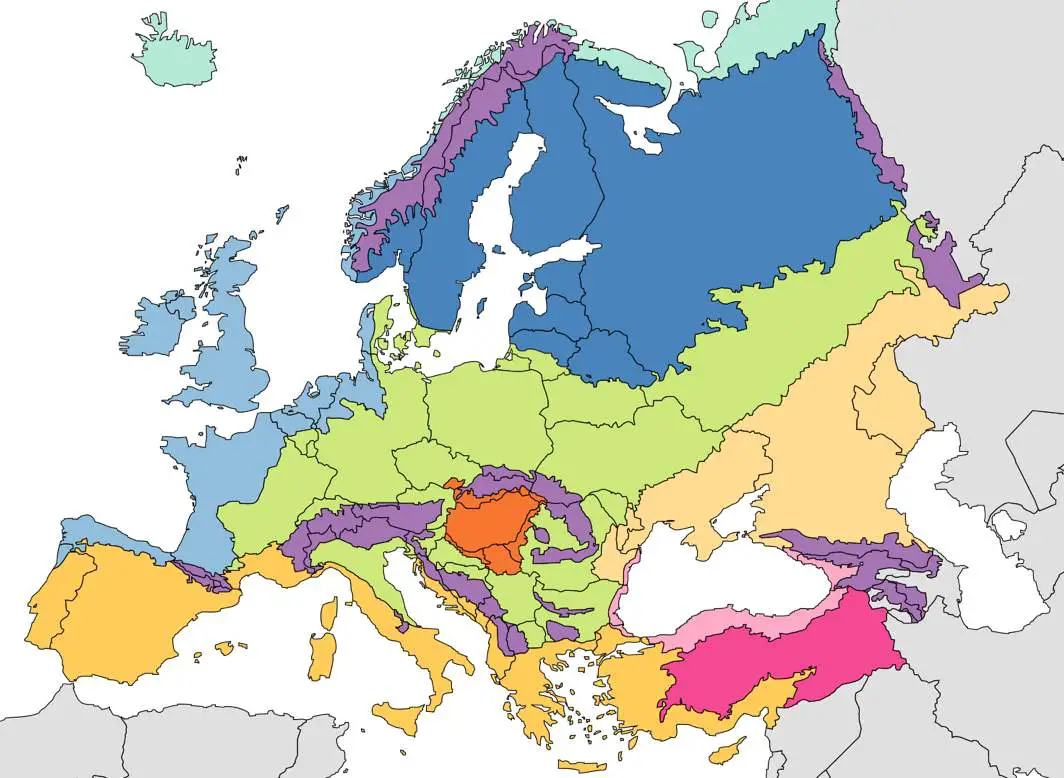
Where in Europe can bamboo grow?
With so many distinct species and cultivars of bamboo in existence, there is no shortage of cold-hardy varieties that can grow in the snowy climates of Europe. If you live in such an area and want to add some bamboo to your garden, check out our articles on Cold Hardy Bamboo and Growing Bamboo in Europe.
But planting bamboo in your garden for a splash of zen is entirely different from farming bamboo as a cash crop. Although bamboo can grow in such climates, most species of this grass will be more likely to survive, and less apt to thrive. You might grow some beautiful bamboo in Germany, but it simply won’t reach the same girth and stature as a bamboo growing in Thailand or Colombia.
Southern Europe, on the other hand, has some very favorable growing conditions for bamboo. Spain, Portugal, Italy and portions of the Balkans are especially suitable. Basically, it’s the places that enjoy a hot summer and don’t encounter frost in the winter, where bamboo will perform the best. Steady rainfall is helpful, too. Otherwise, you’ll need irrigation, at least in the first year or two.
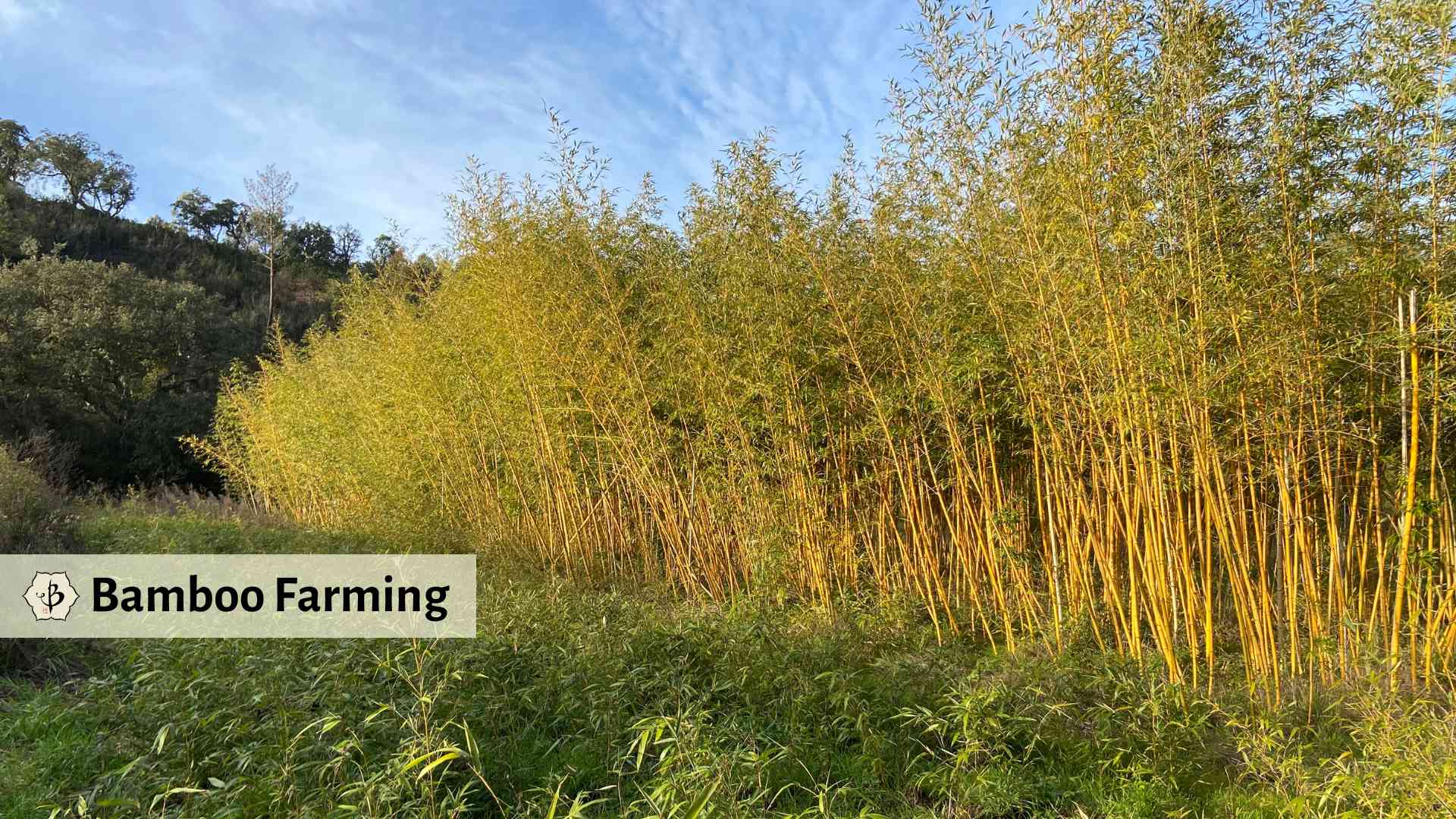
Who is farming bamboo in Europe?
Bamboo Logic Europe, based in the Netherlands, stands at the forefront of European bamboo farming. Their primary plantations are located in Portugal, however, and not in Holland. Of course, they use greenhouses to grow just about anything in the Netherlands, but not bamboo.
Bamboo Logic’s European Bamboo Plantation Program started its first seeds in Portugal, and also has its sights set on Spain, Italy and Greece. At this time, the organization is actively seeking investors to expand the scope of European bamboo farming.
Bamboo Logic has started its seedlings and was preparing to plant 200 hectares of bamboo in the spring of 2020. The pandemic forced them to postpone their expansion, but they were not deterred. While they wait for these Portuguese crops to mature, Bamboo Logic is working with more established bamboo growers in northwestern Spain. In May of 2021, they gathered their first harvest, and shipped a bounty of massive timber bamboo to their warehouse in Belgium.
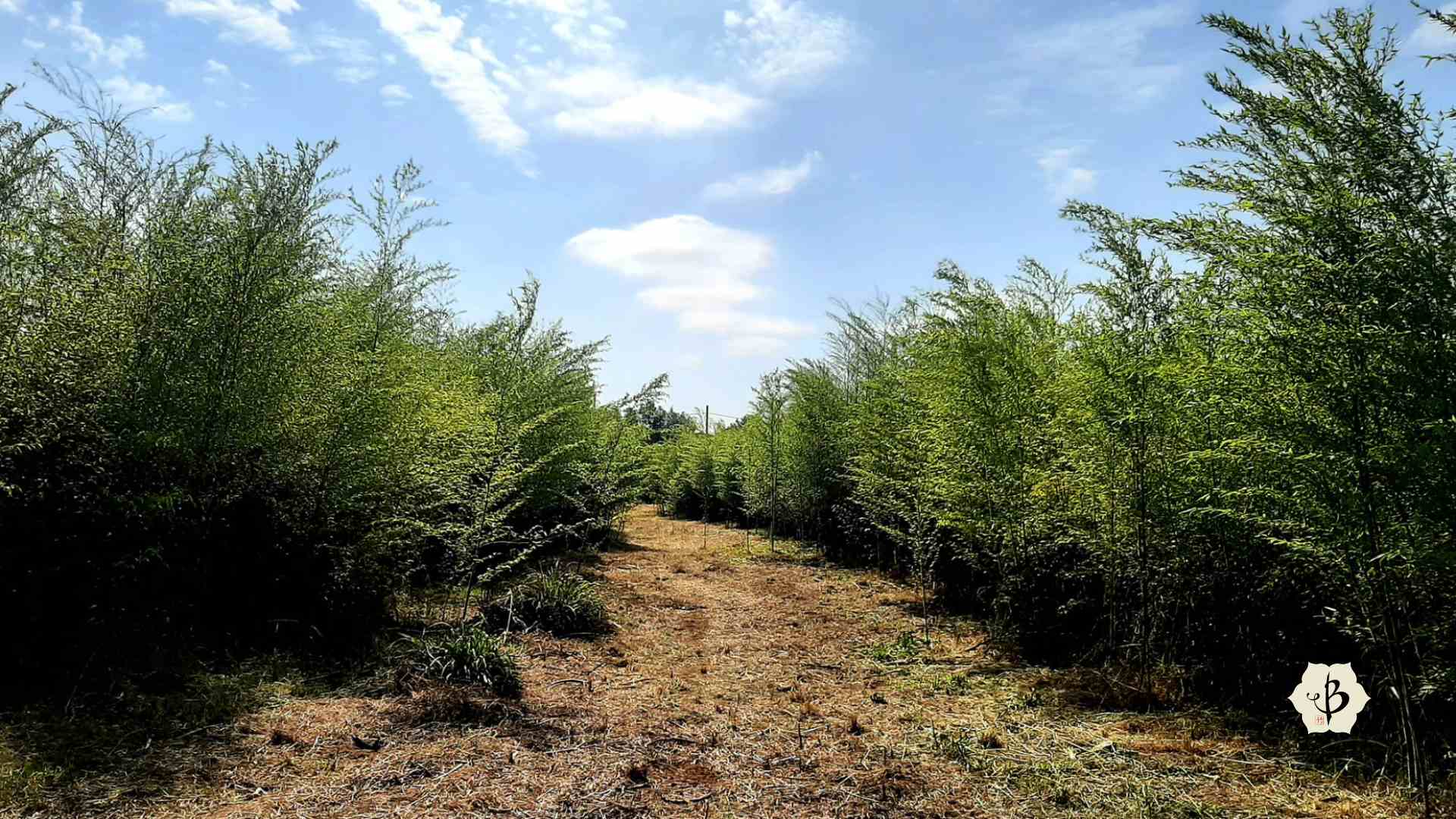
Only Moso, a major bamboo cultivator based in Florida, also has partnerships with a variety of medium-sized bamboo plantations. Their most significant activities are in Spain, France, Italy and Romania. They too are seeking investors to help bring more bamboo farming to the international stage.
Meanwhile, Italy has been quietly nurturing a bamboo powerhouse. Since 2014, Forever Bambù has grown to become the largest bamboo farming enterprise on the continent, with thousands of hectares up and down the resplendent boot. Their innovative business model focuses on expanding bamboo cultivation in a biodiverse setting that shows respect for the native habit. Forever Bambù has been especially active in research bamboo’s potential in the area of bioplastics and demonstrating its capacity as a carbon sink.
If you’re looking for massive bamboo groves in Europe, there’s also a spot in the south of France that’s an absolute must-see. The Bambouseraie, just outside of Nîmes, has the fine distinction of housing the greatest collection of bamboo on the continent. Although not a farm, this botanical garden and arboretum boasts over a hundred varieties of bamboo in a stunning range of natural settings. Intermixed with ponds, bonsai trees and rice paddies, the diversity of grasses will dazzle even the most jaded bamboo farmer.
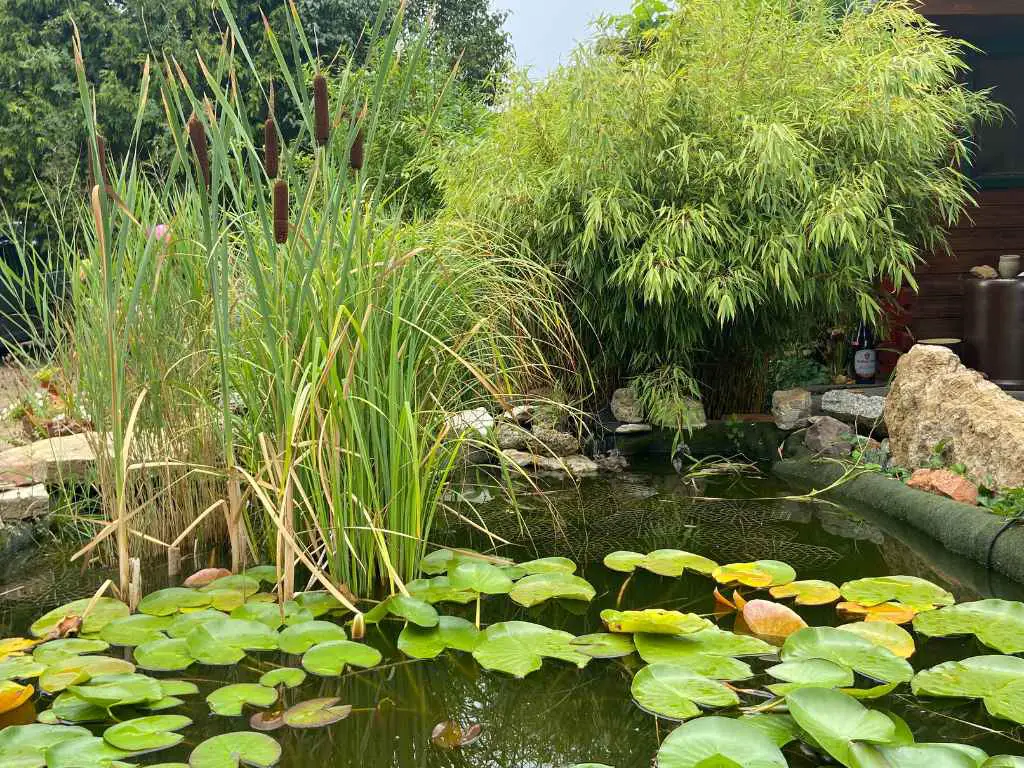
What varieties of bamboo are they farming in Europe?
Phyllostachys edulis, or Moso Bamboo, continues to be the most important species for commercial farming and production. This is the species that provides the raw material for bamboo flooring, bamboo clothing and textiles, and even some deliciously nutritious bamboo shoots.
Moso bamboo is native to the temperate regions of southern China and does not require a tropical habitat. But it tends to be very fussy about its circumstances, making it difficult or impossible to establish in certain sites. In order to achieve its highest potential and compete with bamboo coming from Asia, European Moso will need the best growing conditions possible.
To get around these issues with Moso, it’s become necessary to look into other cold-hardy species like Henon and P. Rubromarginata. In southern climates, where freezing is not an issue, many farmers are working with tropical, clumping species, such as Dendrocalamus asper and Guadua angustifolia. More research is needed, but time will tell which species of bamboo perform the best in Spain, Portugal, and other parts of Southern Europe.
Planting large areas of non-native plants can be a challenging undertaking. What grows well in Asia without the need for fertilizers and pesticides might languish in a similar climate on the opposite side of the globe. It could also bring with it a host of unexpected problems. But extensive research has demonstrated that bamboo can actually do well on many continents.
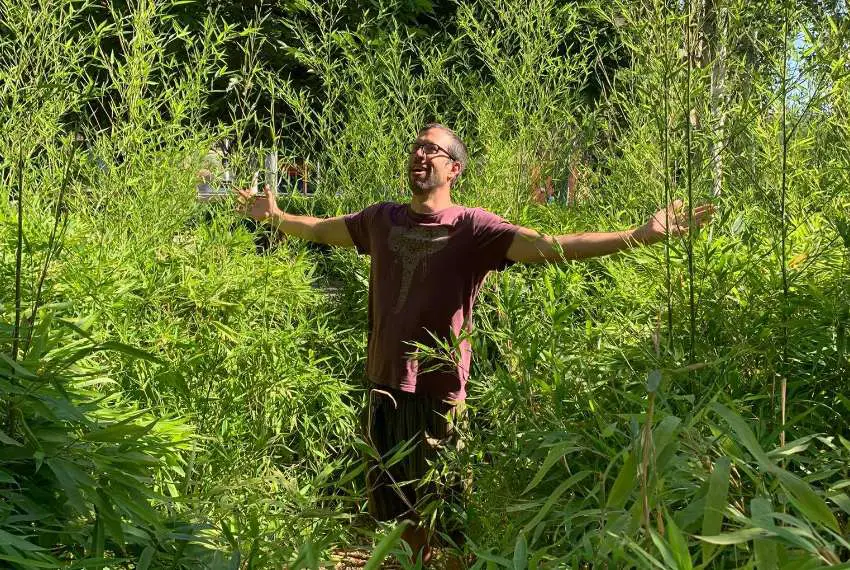
Why plant bamboo in Europe?
As long as the demand for bamboo is great in Europe, there should be opportunities for farmers in the right regions to capitalize on this growing market. Moreover, the environmental benefits are what make bamboo so appealing to many European consumers. But many of those benefits are counteracted when the bamboo travels around the globe to get from farm to factory to end user.
Despite the impact of transportation, many argue that shipping bamboo from Africa or Latin America to Europe is still more sustainable than using materials like concrete and steel. But growing bamboo in Europe for European customers will greatly reduce its carbon footprint, making it an even greener option than before.
Also, the best climates for bamboo farming tend to be in the most economically depressed parts of Europe. That includes Greece, Portugal and southern Italy. Bamboo plantations provide an excellent opportunity for rural farmers in these struggling regions. A bamboo plantation has relatively low start up costs, with the first harvest coming in after about five or 6 years. And if demand continues to grow, the crop could turn out to be very profitable.
Bamboo Logic expects to sell timber bamboo poles as an alternative building material, far more sustainable than concrete and steel. They can also process it into a cross-laminated, plywood type of material. Finally, scraps and bi-products can provide and excellent source of biomass for ethanol fuel. Because it’s not a food crop, like corn, bamboo has great potential as a biofuel.
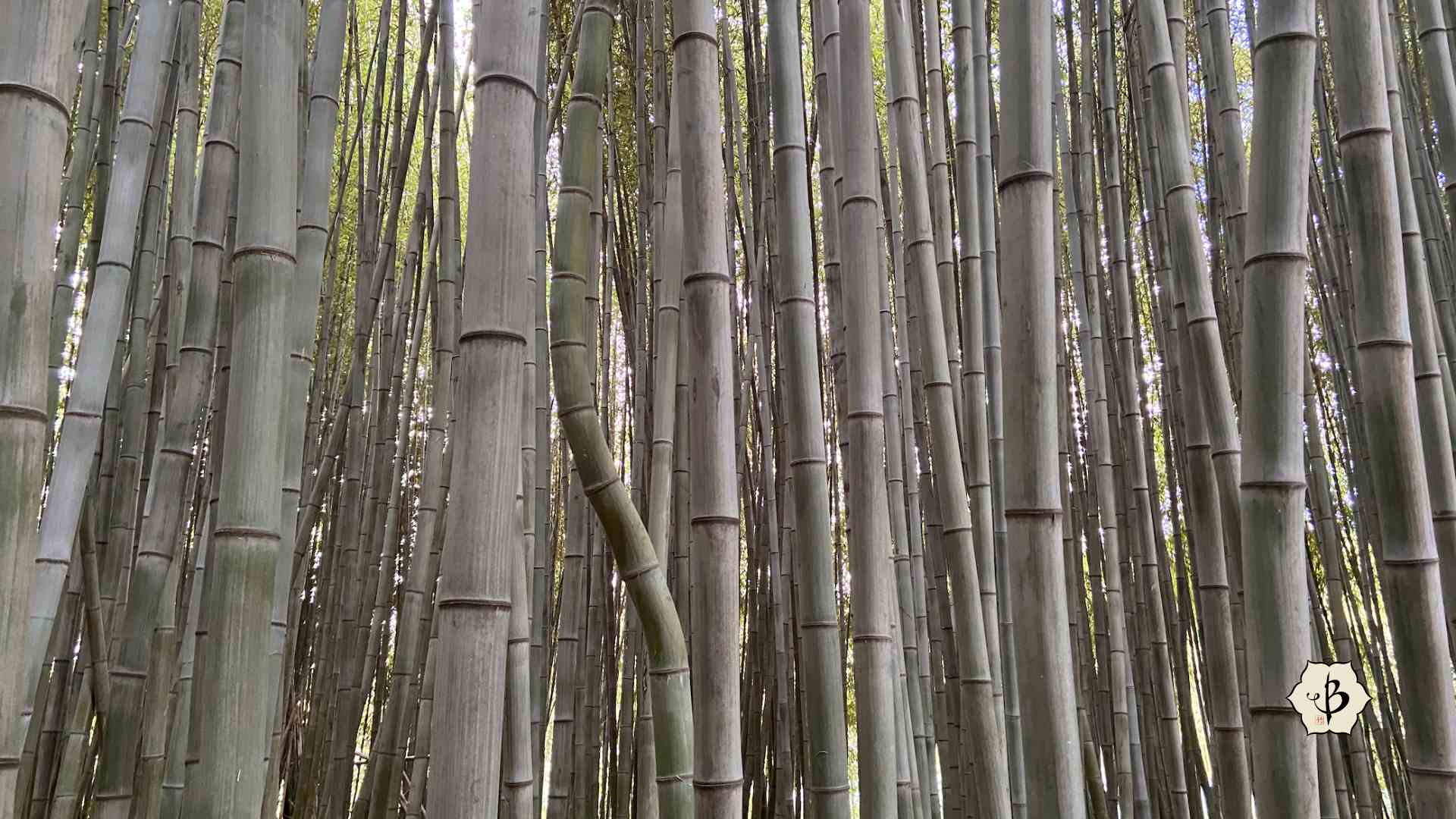
The future of bamboo in Europe
Farming bamboo in Europe on a successful commercial scale invites a host of challenges and potential problems. The continent simply lacks the native species, the cultural heritage, and the processing technologies that are so widespread in Asia. Still, bamboo activists and entrepreneurs have every reason to be hopeful.
Portuguese ingenuity
Yves Crouzet, director of the Bambu Parque in Portugal, is probably Europe’s foremost expert on the botany of bamboo. Since he became interested in the plant 50 years ago, he has seen the attitudes and popularity around bamboo change dramatically.
Back then it was considered ridiculous. But as people learned about it, they began to think of it as dangerous. Today, however, they are recognizing it as obvious. Crouzet likes to quote his native countryman, Victor Hugo, who once said, “We cannot stop an idea whose time has come!”
Bambu Bicycles, also based in Portugal, is one of the most outspoken bamboo enterprises in Europe today. The brother-sister business partners are passionately pursuing their dream to advocate more sustainable design and to promote slow tourism.
Currently, they are building their bike from imported bamboo, sourced from Bambusa in Spain, but the are eager to see a day when they can work with local bamboo grown in Portugal or Spain. In the meantime, their inspirational efforts are raising awareness about the importance of bamboo as a renewable and resilient building material, both among consumers and within the industry.
Discussing the need for more European bamboo growers and manufacturers to work together, co-founder Joana Saavedre says, “The industry must be well-integrated, or else it won’t succeed, and it won’t be sustainable.”
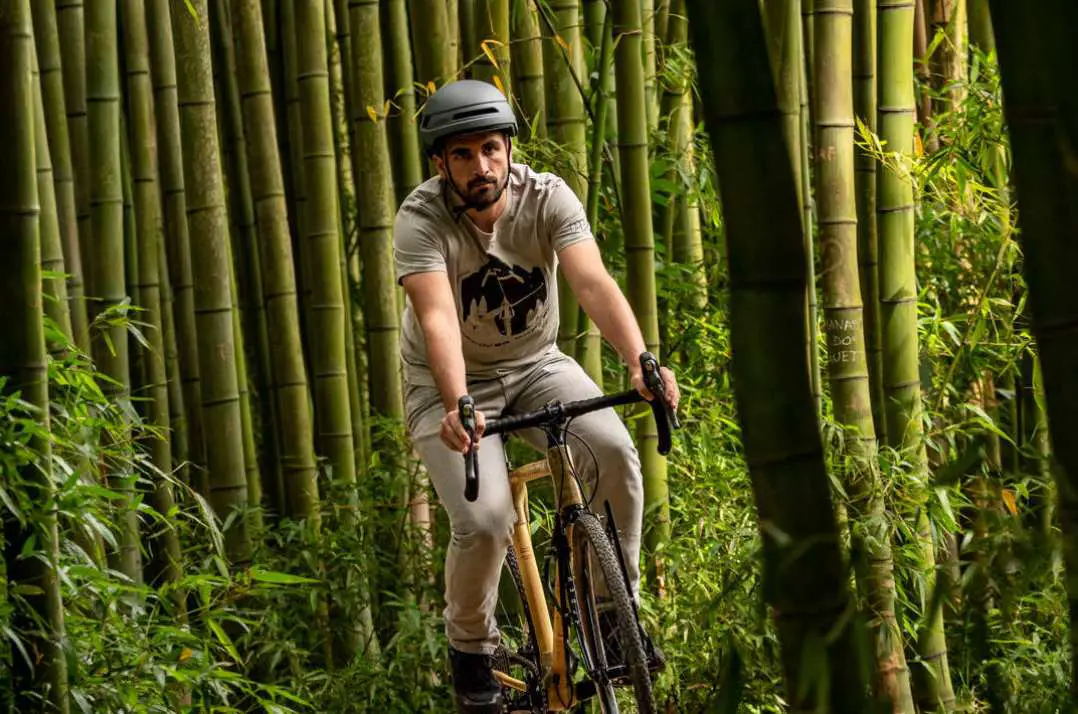
Spanish inspiration
In 2019, a dozen bamboo enthusiasts from Spain and Portugal got together after a symposium in Madrid, and pledged to form an association to advance the knowledge, cultivation and applications of bamboo in Iberia and around the world. By 2021, the small but dedicated group had officially become the Iberian Association of Bamboo, or AsIB.
The organization’s objectives are to promote greater collaboration and progress in the bamboo industry. They work with universities to encourage more research about bamboo cultivation and materials engineering. The group also sponsors events and educational workshops.
One of their chief goals is to help establish technical regulations for construction that would allow bamboo building materials to be used more widely. They are also working on mapping bamboo in Europe, conducting and coordinating research to determine which species of bamboo are most suitable in which regions of the continent.
If you’re looking for live bamboo plants in Spain, La Bambuseria in Seville is probably your best bet. Their collection of tropical and subtropical bamboo species is one of the best in Europe.
How to get involved in European bamboo
If you’re interested in planting a bamboo farm in Europe, or supporting one, there are a few ways to do so. First, you will need to secure some land, probably somewhere in southern Europe. Bamboo doesn’t require particularly rich soil, but you can’t plant it in solid clay or in a swamp. So you’ll need to do a little research and preparation on the front end.
Experts recommend planting bamboo on marginalized, non-agricultural land. This ensures that the bamboo farms aren’t encroaching on native forestry or important food-producing soil. Because of its tenacious roots and minimal nutrient requirements, bamboo is ideal for enriching poor soil, preventing erosion, and restoring degraded land.
Next, you will need a source of plants. Unless you have a friend with a sizable surplus of Moso starts, you’ll probably want to contact a company like Bamboo Logic, Forever Bambù or Only Moso, identified earlier in this article.
These organizations have a great deal of international experience with bamboo cultivation. That can also help you determine whether your land is suitable for a plantation. And if you decide against a future in farming, you can still play a valuable role as an investor. Bamboo Logic in the Netherlands, Forever Bambù in Italy and AsIB in Spain and Portugal are all working hard to see that the bamboo industry grows as vigorously as the beloved plant itself.
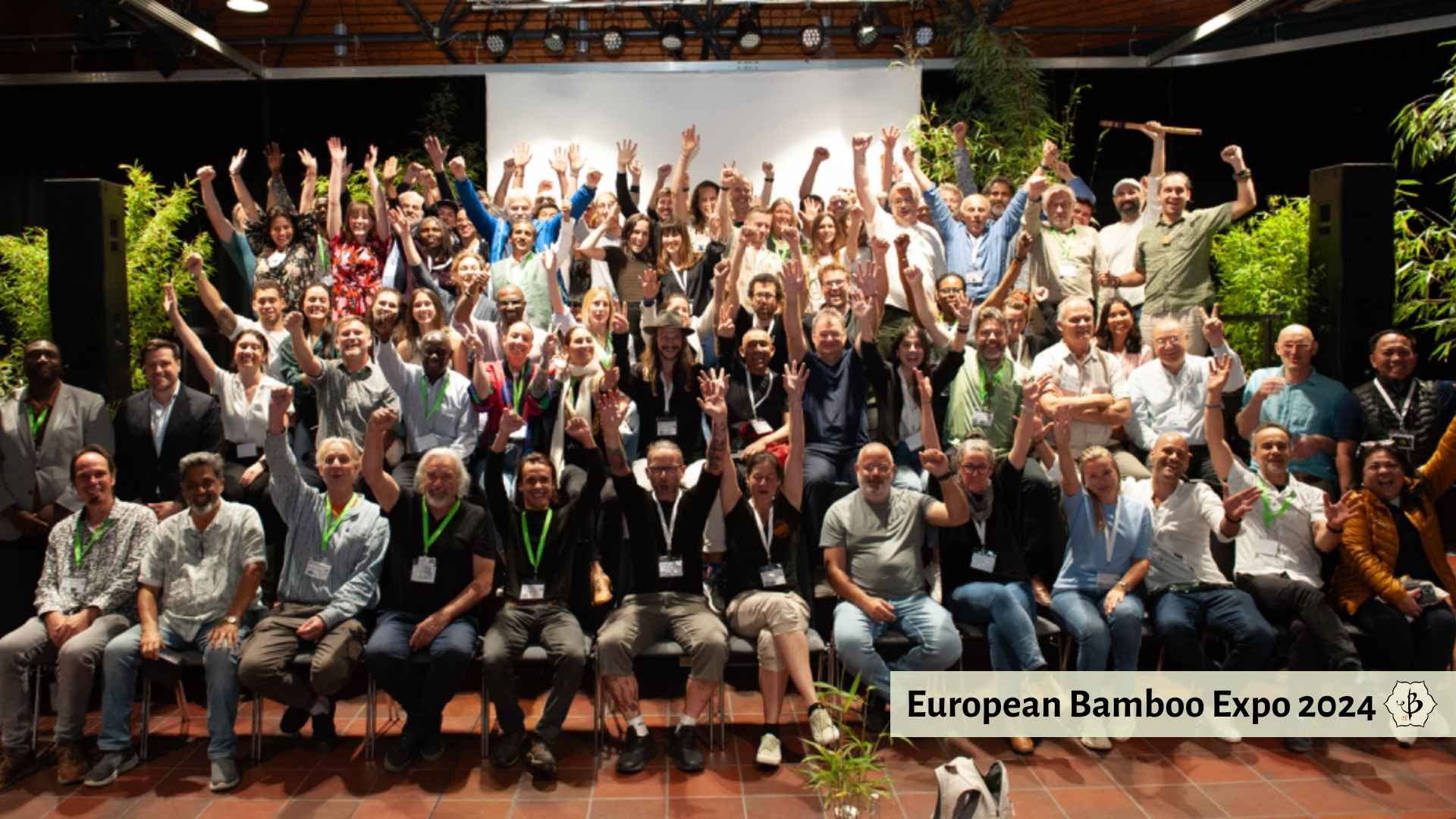
Learn more
To learn more about bamboo farming around the world, and the immense potential of this great plant, check out some of these other popular articles.
- Bamboo farming in the US
- Growing bamboo for profit
- Best bamboo species for farming
- Bamboo in Africa
- Finding bamboo in Europe
- The World’s Best Bamboo Gardens
- The World Bamboo Foundation
PHOTO CREDIT: Temperate timber bamboo growing in France and Portugal. Photos by Fred Hornaday.

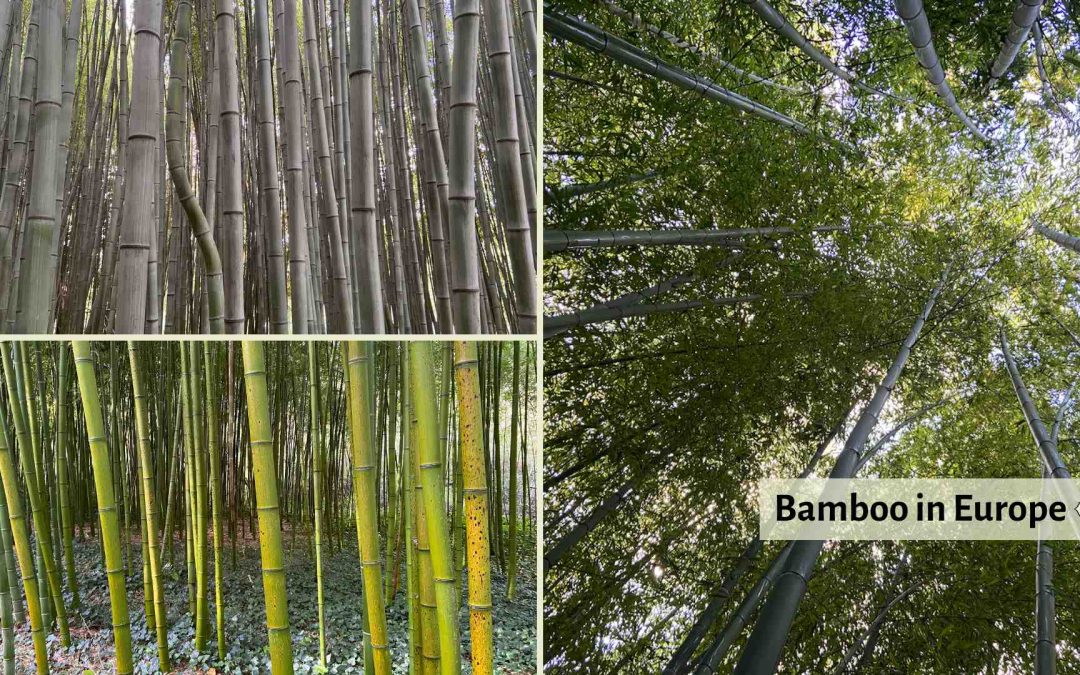
























I am a land owner in Spain s Valencia province I have 120.000 square meters of olives 500 trees approximately I would greatly appreciated any information that you could give me thank you
I would recommend contacting Bamboo Logic Europe or the Iberian Bamboo Association.
What about uk?
Yes, you can grow bamboo in the UK, cold hardy ornamental species for sure. But growing it commercially and competitively is another matter. Yields will likely be too low to make it worthwhile, especially combined with the high costs of labor and real estate, compared with the equatorial regions where bamboo really flourishes.
Hi Anthony,
I was wondering how your ideas of growing bamboo in Valencia region is taking form. I would love to know more since i am keen in growing it myself in Spain. Regards Abel
Très bonne initiative dans l’ensemble.
Je ne connaissais pas forever bambu et bamboo logic
Par contre je connais très bien onlymoso .
Comme le dis très bien cet article, il ne faut utiliser l’espèce adaptée au climat où il sera planté.
Pourtant, la société onlymoso ne ce soucie pas trop de ce détail , en proposant des plantations de Phyllostachys edulis ( moso) dans le nord de la France et en Belgique.
Malheureusement, plusieurs agriculteurs se sont laissés influencés et ont investsi des sommes importantes.
Sachant que le moso je poussera pas dans ces régions, ils n’auront jamais de retours sur leurs investissements.
Could Moso be grown commercially in Romania ? Prahova county to be more exact, which is in the south central region of the country.
Or are there any other regions when it could be more beneficial to grow it?
It’s certainly worth looking into. I would start with a pilot project with at least 3 different species. Moso tends to be very slow to get established, so it might not be the best choice commercially, not in the short term anyway.
I have been trying and researching bamboo growth in Romania for past 10 years.
You need solid know-how specific to the local climate for bamboo to thrive, otherwise after one hot summer and a cold winter all are dead
Hey there, Sorry about your frustration. Most Phyllostachys species are very cold-hardy and heat resistant. But you’ll need irrigation in the summer, definitely when they’re young. And don’t try growing Moso until you’ve got some other species established that can keep it company. Moso is a tricky one, and it likes having other varieties around, probably to break the wind and stabilize other environmental factors.